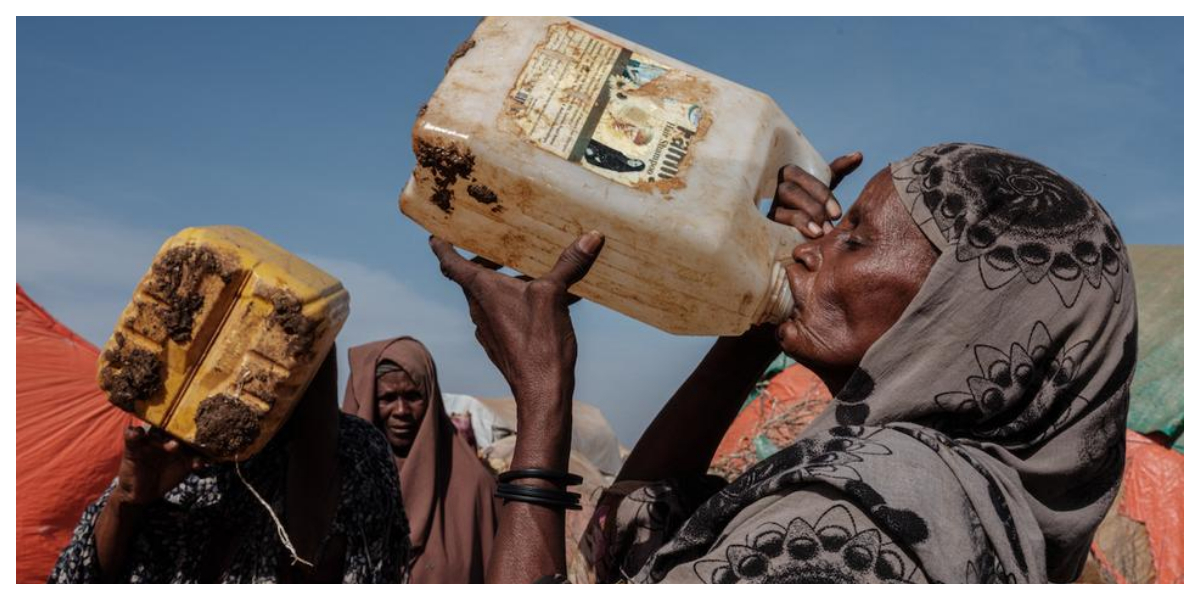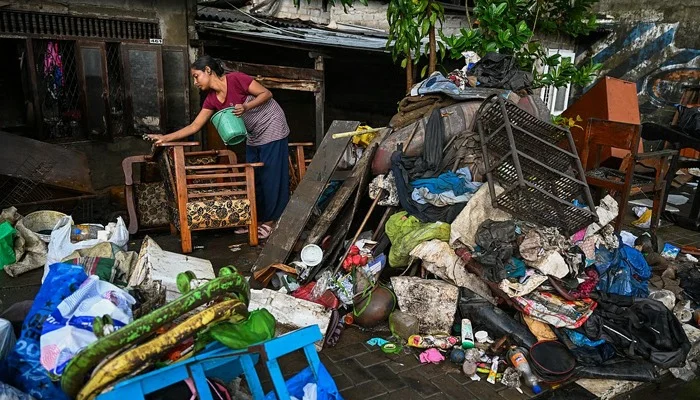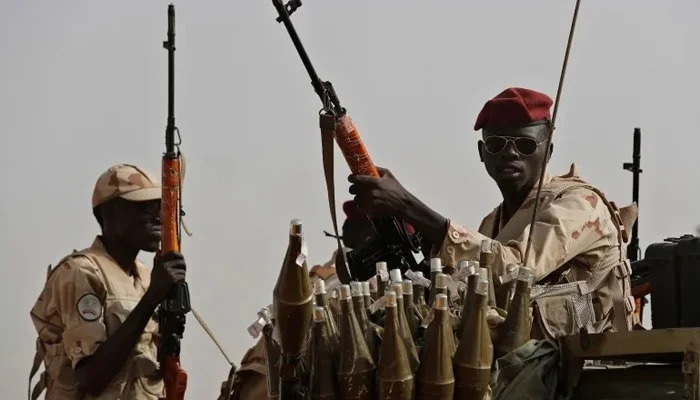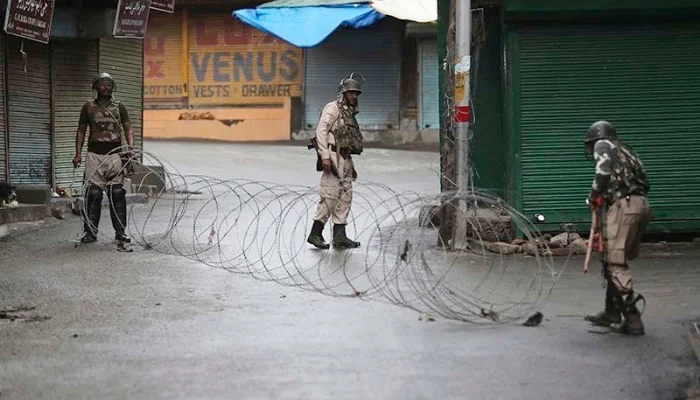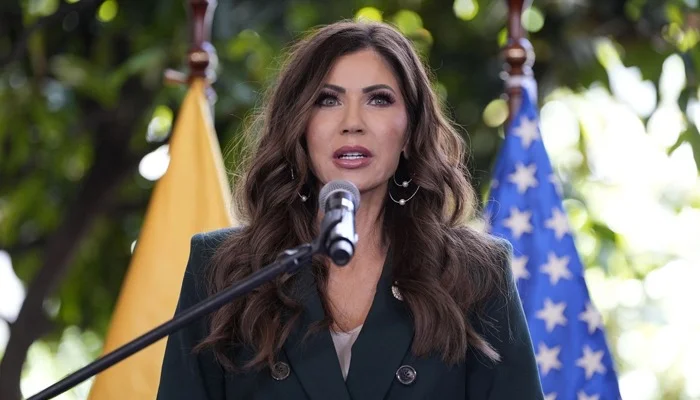Twenty million humans are at risk of hunger this year as behind schedule rains worsen an already brutal drought in Kenya, Somalia, and Ethiopia, the UN warned Tuesday.
A months-long drought has left the Horn of Africa at the verge of a humanitarian disaster, destroying crops and cattle and forcing massive numbers of humans to leave their homes in search of meals and water.
As long-awaited rains fail to materialize almost a month into the contemporary wet season, “the number of hungry people due to drought ought to spiral from the presently expected 14 million to 20 million via 2022,” the UN’s World Food Programme (WFP) stated
.
Six million Somalis or 40 percent of the population were facing extreme levels of food insecurity and there was “a very real risk of famine in the coming months” if current conditions prevailed, WFP said.
In Kenya, half a million people were on the brink of a hunger crisis, with communities in the north of the country, especially at risk due to their reliance on livestock.
The number of Kenyans in need of assistance has risen more than fourfold in less than two years, the agency said.
Malnutrition rates in drought-hit southern and southeastern Ethiopia have surged above emergency thresholds, while the north of the country has been in the grip of a 17-month war between government forces and Tigrayan rebels.
Parts of the drought-hit Horn of Africa region are already reeling from the effects of ongoing conflict, poverty and a locust invasion, the UN’s Food and Agriculture Organization (FAO) said Tuesday.
“We must act now… if we want to prevent a humanitarian catastrophe,” FAO’s representative to the African Union, Chimimba David Phiri, told a UN briefing in Geneva.
The dire conditions have been exacerbated by the conflict in Ukraine, which has contributed to soaring food and fuel costs and disrupted global supply chains, WFP said.
The agency warned that a lack of funding could spell disaster, calling for $473 million (438 million euros) over the next six months.
A previous appeal in February raised less than four percent of the cash needed, it said.
Meanwhile, FAO was short of more than 60 percent of the funds it required to meet the needs of 1.5 million people in the three countries.
“We know from past experience that acting early to avert a humanitarian catastrophe is vital, yet our ability to launch the response has been limited due to a lack of funding to date,” said Michael Dunford, WFP’s regional director for East Africa.
East Africa endured a harrowing drought in 2017 but early humanitarian action averted a famine in Somalia.
In comparison, 260,000 human beings — half of them youngsters under the age of six — died of starvation or hunger-associated disorders when a famine struck the us of a in 2011.
Experts say extreme climate occasions are occurring with multiplied frequency and intensity due to weather change.

